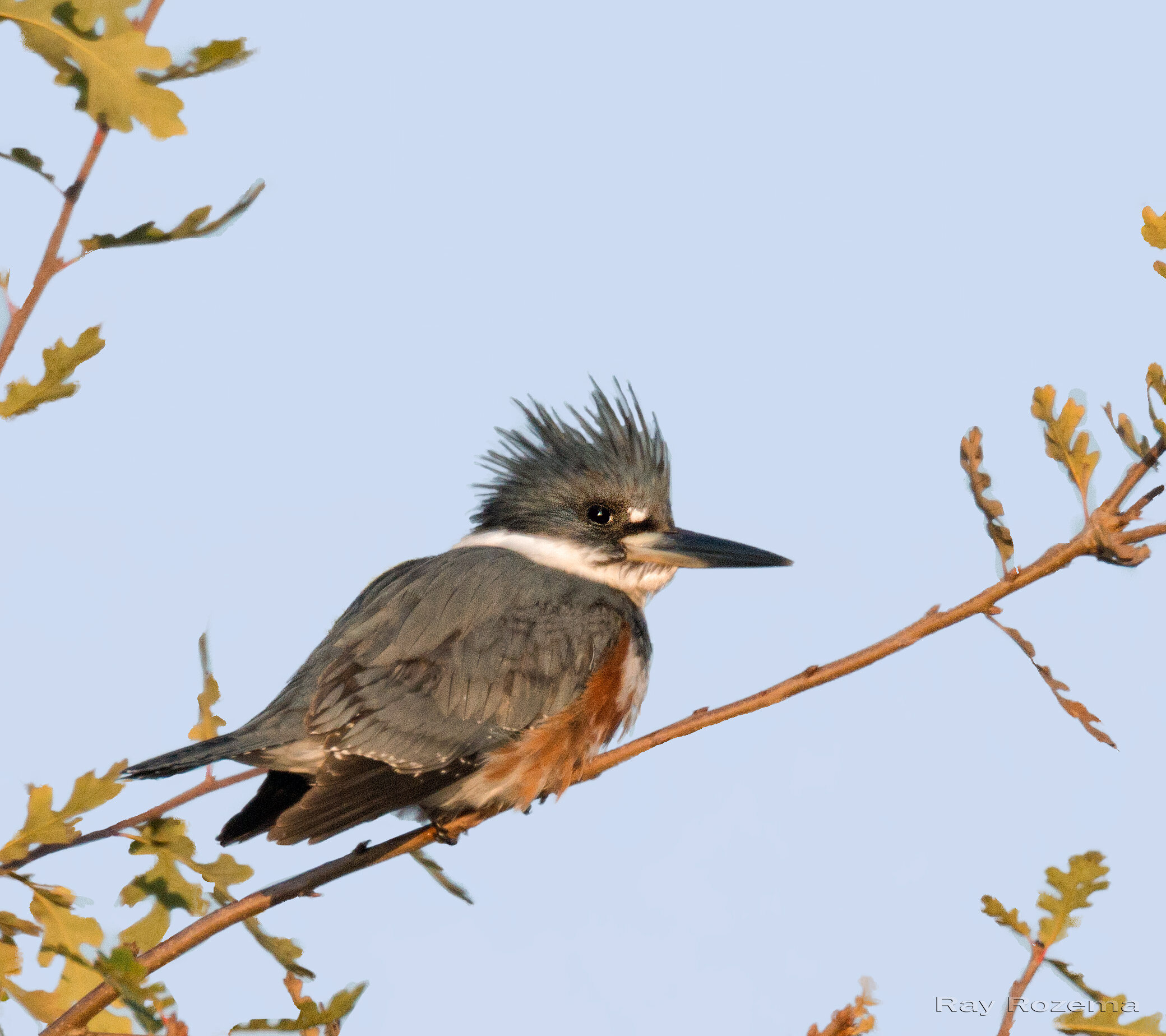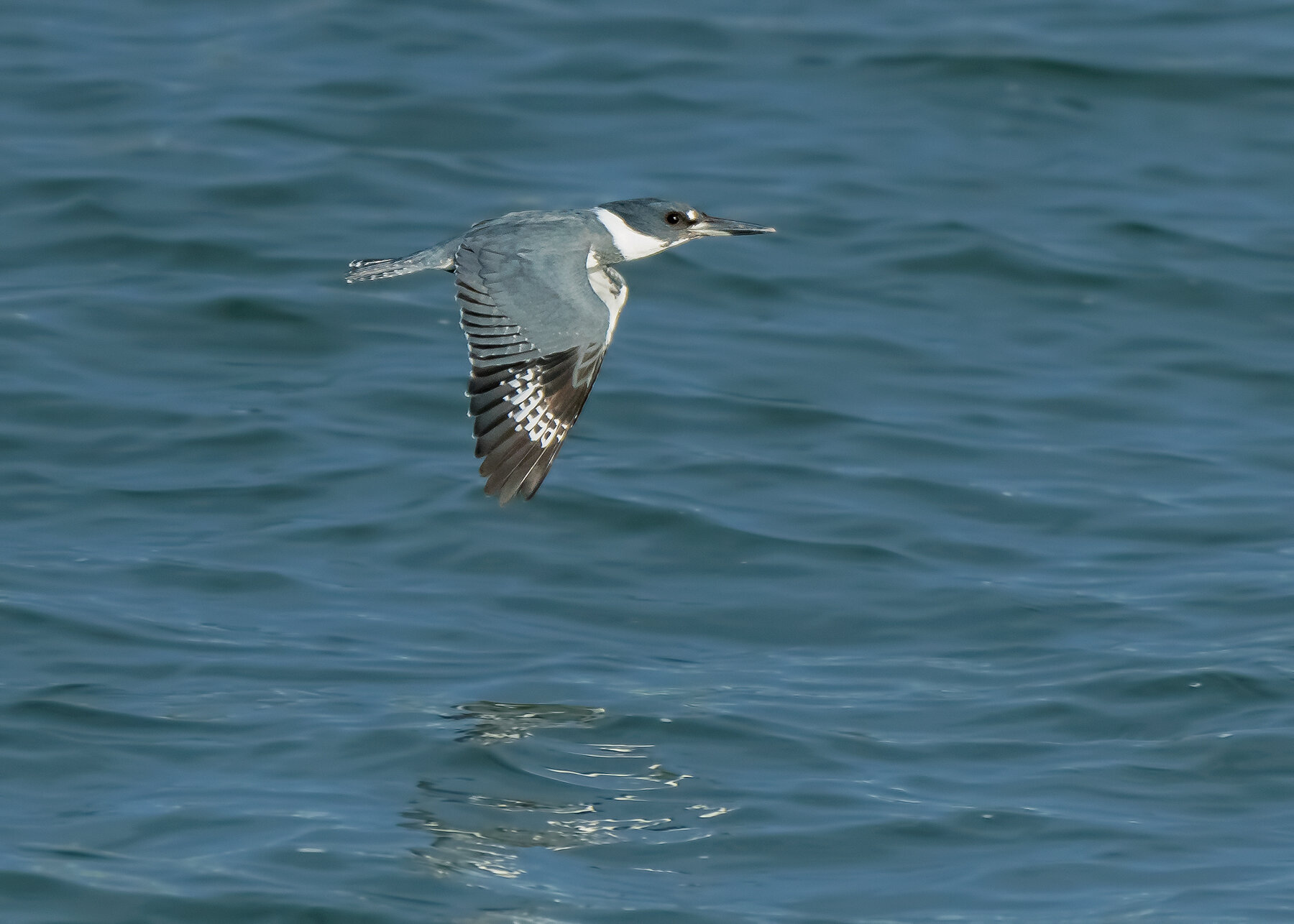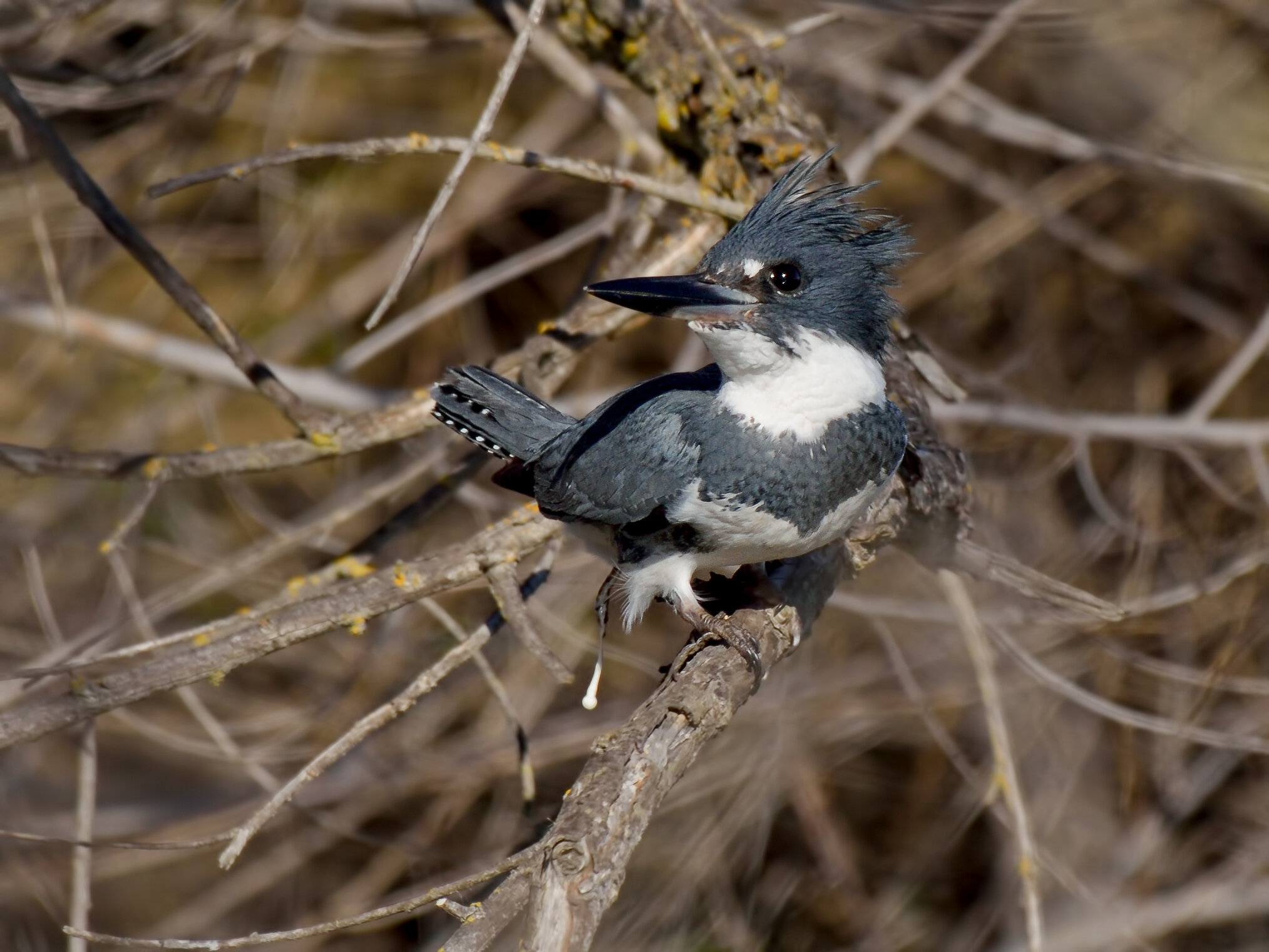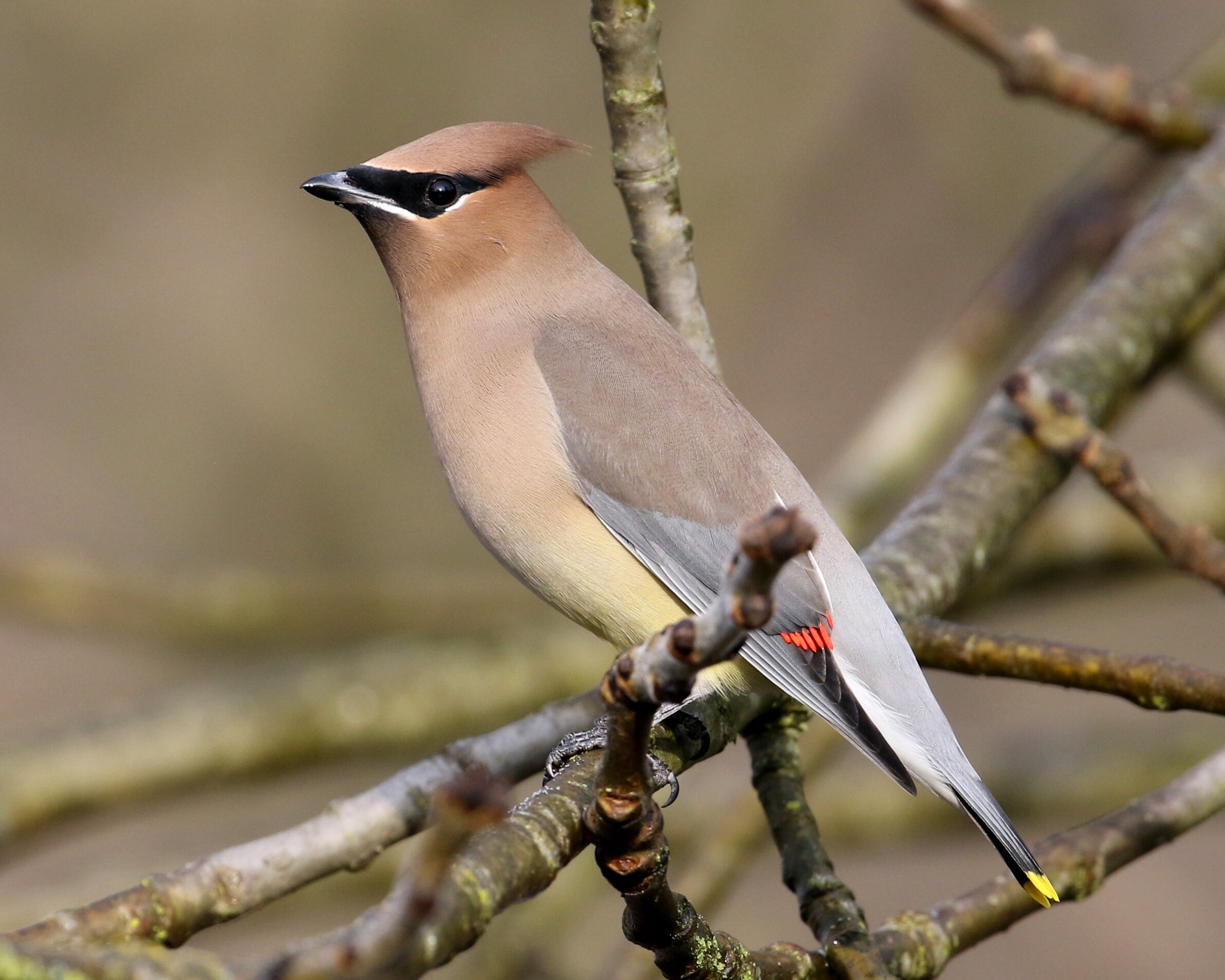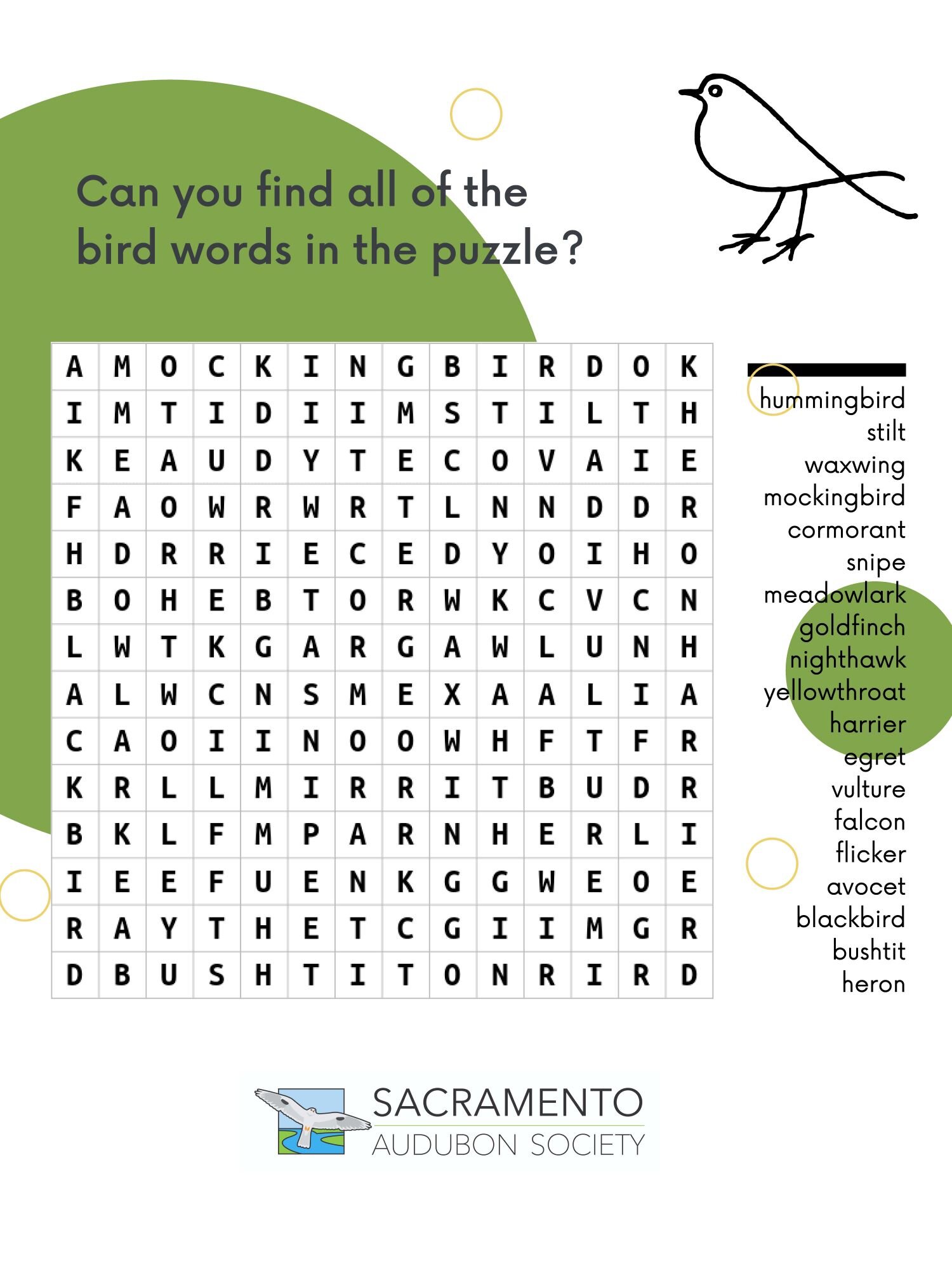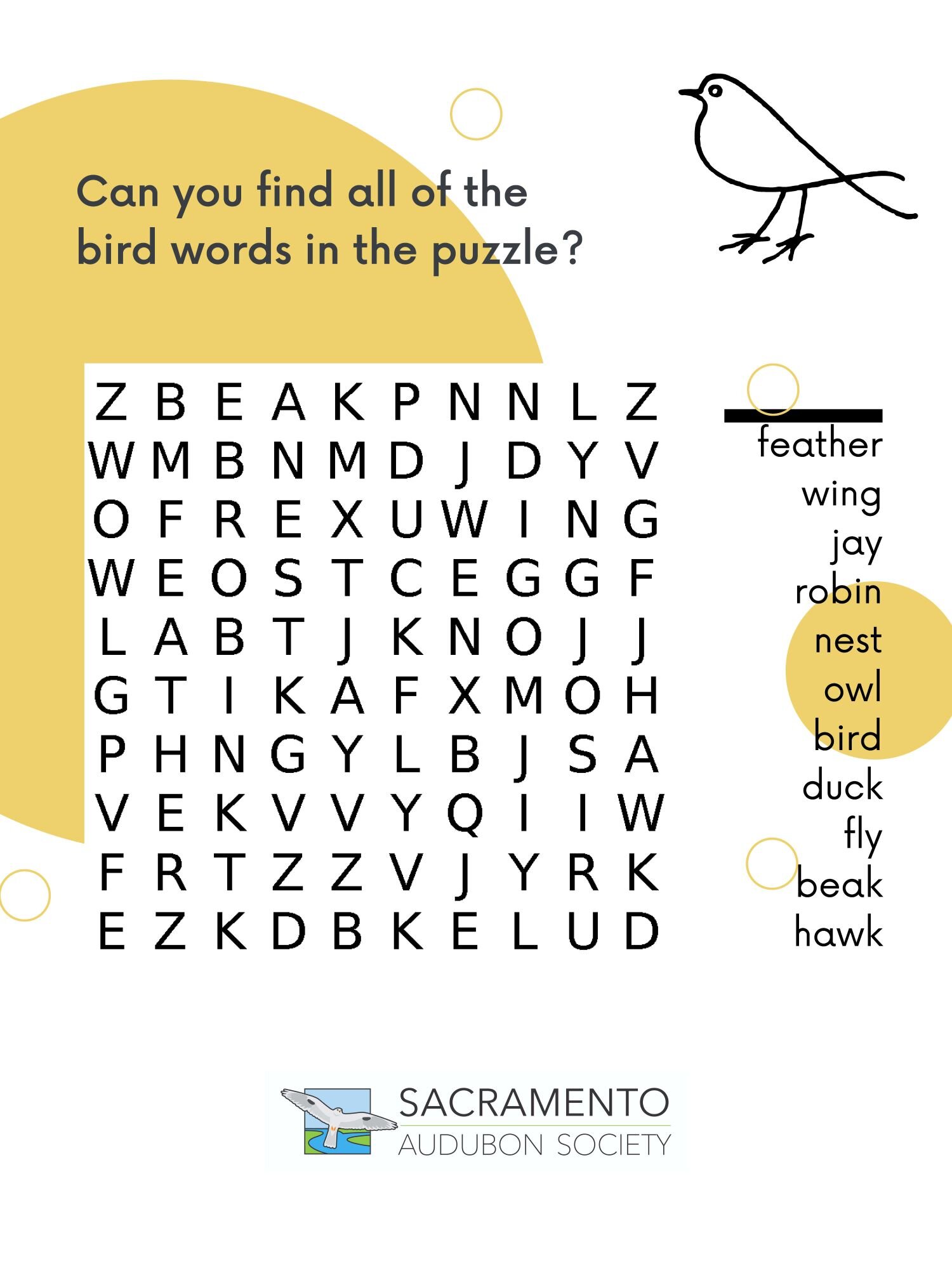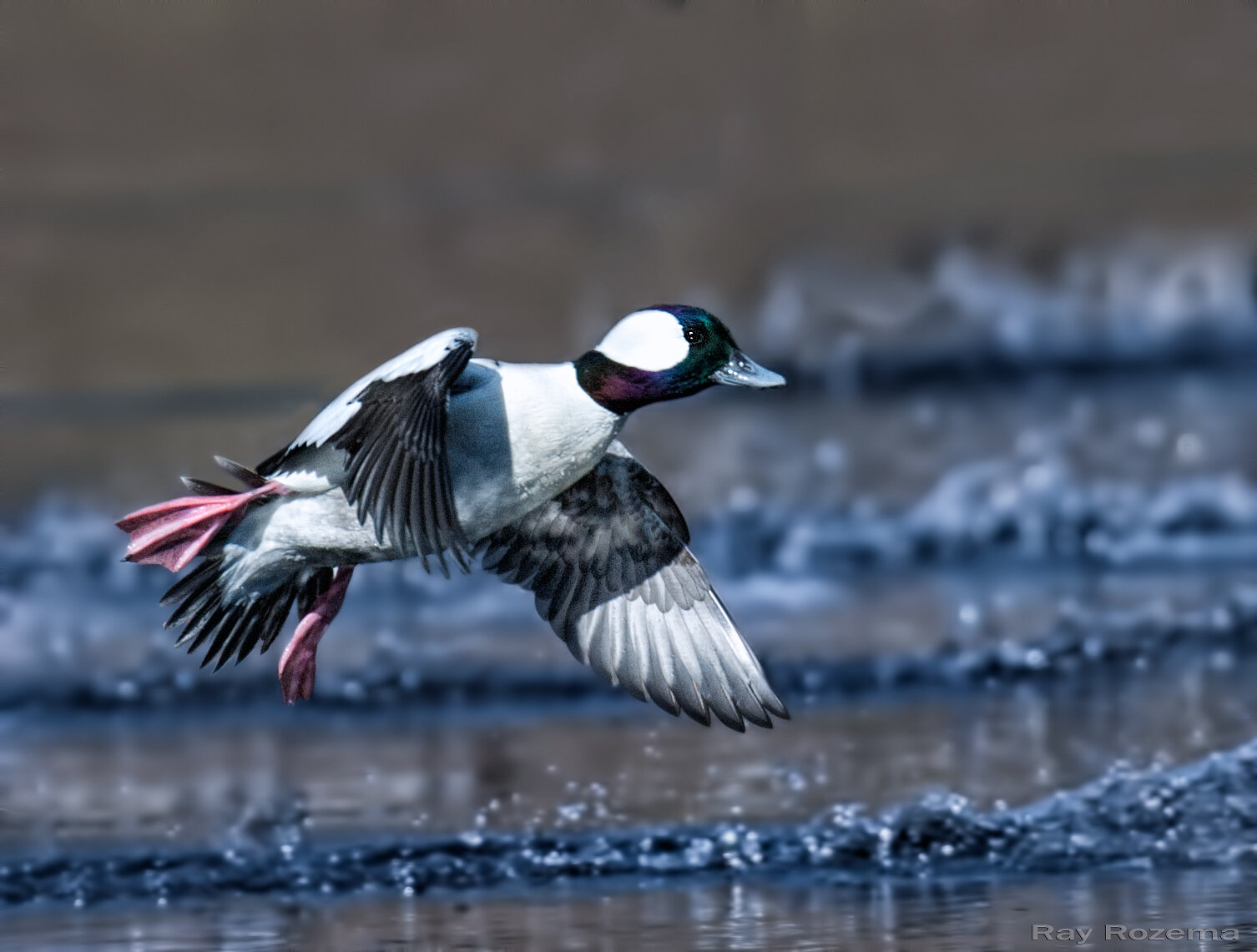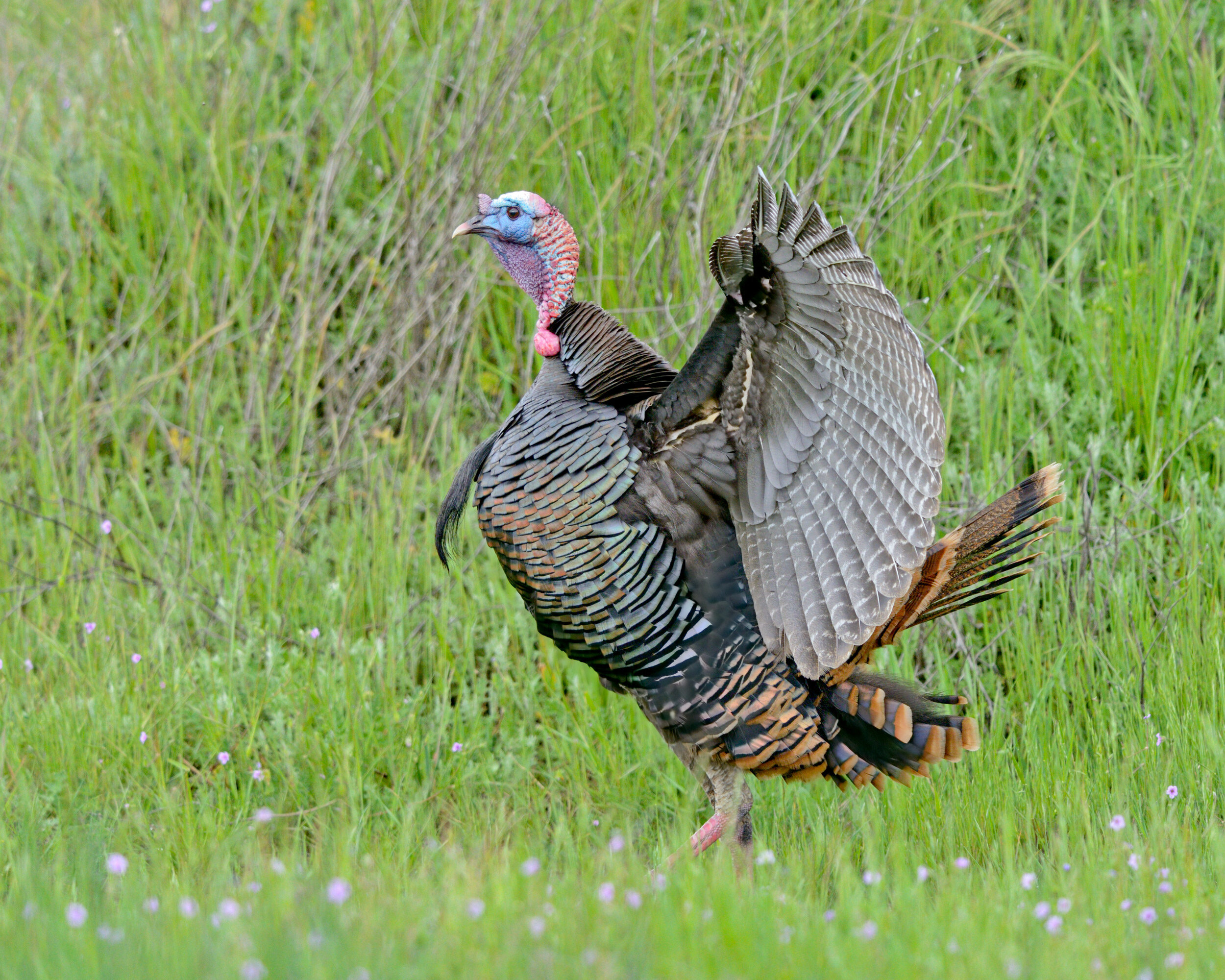Male Belted Kingfisher, Image by Daniel Lee Brown
There are many species of kingfishers in the world, but only one, the Belted Kingfisher, inhabits North America. Their range extends from the northern parts of Canada, Alaska, throughout the United States, and down as far south as Panama in Central America.
Belted Kingfishers are very independent and solitary birds. You will often see them perched alone, over a body of water looking for food. Some Belted Kingfishers must migrate south in the winter to find water that isn’t frozen. However, in the Sacramento area, Belted Kingfishers stay year-round.
What does the Belted Kingfisher look like?
Belted Kingfishers are quite handsome birds with their stunning slate-blue feathers and bright white collar and belly. A tall crest of blue feathers is present on top of their heads and they have a striking slate-blue chest band.
Female Belted Kingfishers have a rusty-orange colored belly band, in addition to the blue chest band. This rusty-orange color also runs down the females’ flanks. Juvenile birds of both sexes have a faint or spotty rusty-orange belly band, like their mothers. This orange band disappears as the male Belted Kingfisher matures into adulthood.
Female Belted Kingfisher, Image by Ray Rozema
Where do Belted Kingfishers live?
Look for Belted Kingfishers anywhere there is a smooth flat surface of water. You can find them near rivers, lakes, ponds, streams, estuaries, and coastlines. They build their nests in river levees or other types of banks. Belted Kingfishers dig their tunnels in these banks. They purposely avoid choosing nesting sites with lots of trees. Tree roots make it much too difficult to dig tunnels!
What do Belted Kingfishers eat?
Belted Kingfishers are mainly carnivores and prefer small fish and crayfish over other types of foods. If fish aren’t available, they will eat small amphibians, reptiles, mollusks, butterflies and moths, and other insects. Rarely, they even eat berries.
The Belted Kingfisher hunts by perching on a branch, overlooking a body of water; or by hovering (remaining in one place in the air, using rapid wing beats) over a body of water. When prey is spotted, Belted Kingfishers plunge into the water, head first. They have a special membrane that covers and protects their eyes as they enter the water.
What do Belted Kingfishers sound like?
The call of the Belted Kingfisher will most certainly get your attention! Their loud, rattle-like call is usually the first signal that a Belted Kingfisher is near. You can listen to them calling now:
These sounds and calls of the Belted Kingfisher are from xeno-canto. More Belted Kingfisher vocalizations can be found at xeno-canto.org/species/Megaceryle-alcyon.
